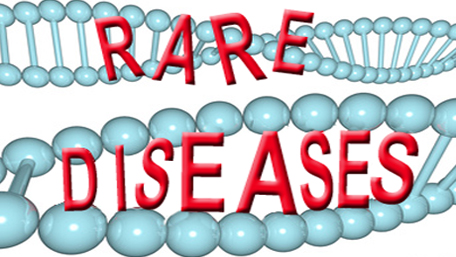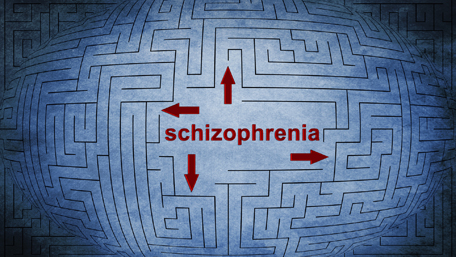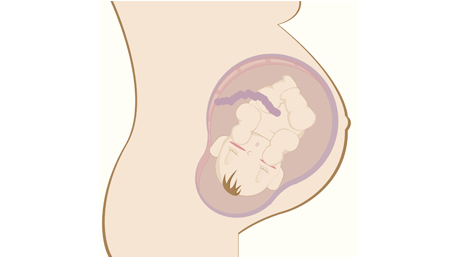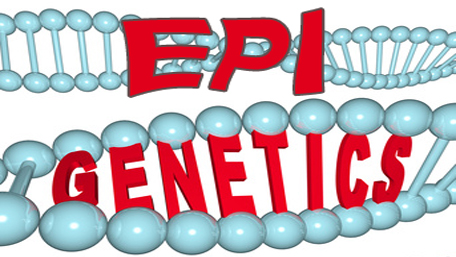
08/13/2020
Hot Topics of the Day are picked by experts to capture the latest information and publications on public health genomics and precision health for various diseases and health topics. Sources include published scientific literature, reviews, blogs and popular press articles.
Sign up MyPHGKB to receive the daily hot topic email alert.
Archived Hot Topics of the Day By Date
An Inactivated Virus Candidate Vaccine to Prevent COVID-19
MJ Mulligan, JAMA, August 13, 2020
The Role of Host Genetic Factors in Coronavirus Susceptibility: Review of Animal and Systematic Review of Human Literature
M LoPresti et al, AJHG, August 12, 2020
Predicting Critical State after COVID-19 Diagnosis Using Real-World Data from 20152 US Patients
MDR et al, MedRXIV, AUgust 11, 2020
The selection of reference genome and the search for the origin of SARS-CoV-2
Y Liu et al BIORXIV, August 11, 2020
Factors Associated with Disease Severity and Mortality among Patients with Coronavirus Disease 2019: A Systematic Review and Meta-Analysis
V Chidambaram et al, MEDRXIV, August 13, 2020
Partially automated whole-genome sequencing reanalysis of previously undiagnosed pediatric patients can efficiently yield new diagnoses
KN James et al NPJ Genomic Medicine, August 11, 2020
Association of Recent Stressful Life Events With Mental and Physical Health in the Context of Genomic and Exposomic Liability for Schizophrenia
LK Pries et al, JAMA Psychiatry, August 11, 2020
Emerging Drug-Resistant Meningitis Detected in the US
BM Kuehn, JAMA, August 11, 2020
Causal Genetic Variants in Stillbirth
KE Stanley et al, NEJM, August 12, 2020
Genomic Insights into Stillbirth
MH Wojick, NEJM, August 12, 2020
Epigenetic Therapies for Cancer
SE Bates. NEJM, August 12, 2020
Application of Machine Learning Techniques to Analyze Patient Returns to the Emergency Department
AS Cabuzuelo et al, J Per Med, August 2020
Disclaimer: Articles listed in Hot Topics of the Day are selected by Public Health Genomics Branch to provide current awareness of the scientific literature and news. Inclusion in the update does not necessarily represent the views of the Centers for Disease Control and Prevention nor does it imply endorsement of the article's methods or findings. CDC and DHHS assume no responsibility for the factual accuracy of the items presented. The selection, omission, or content of items does not imply any endorsement or other position taken by CDC or DHHS. Opinion, findings and conclusions expressed by the original authors of items included in the Clips, or persons quoted therein, are strictly their own and are in no way meant to represent the opinion or views of CDC or DHHS. References to publications, news sources, and non-CDC Websites are provided solely for informational purposes and do not imply endorsement by CDC or DHHS.
- Page last reviewed:Feb 1, 2024
- Page last updated:Apr 29, 2024
- Content source:








